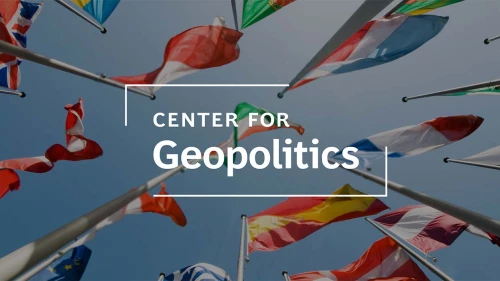Our International Business Services
Related Services
Our Approach to International Business
We help companies absorb the shock of global volatility by building capabilities and structures that enable data integration, flexibility, and agility across borders and businesses.
As an international strategy consultancy, we advise all stakeholders in international business and in economic globalization:
- Multinational Corporations. We help MNCs unlock growth in emerging markets through both global and local opportunities. Our tools position MNCs ahead of evolving consumer trends and rising local competitors.
- Global Challengers and Other Local Competitors. Our international consulting group works with a class of rapidly growing companies in emerging markets that we call global challengers—and with the local companies that aspire to compete at this level. Our strategies help them win at home and compete with global leaders.
- Governments. We team with national and regional authorities to promote economic and international development. Our experts evaluate local business climates and map out the ways to attract more foreign direct investment and build public–private partnerships.
Our Client Work in International Business
Toward Open Strategic Autonomy
In the face of ongoing global conflicts, it is important that EU leaders remain prepared, adapting strategies to navigate trade disruptions and seize emerging opportunities.

Navigating Tariffs
Our Insights on International Business











